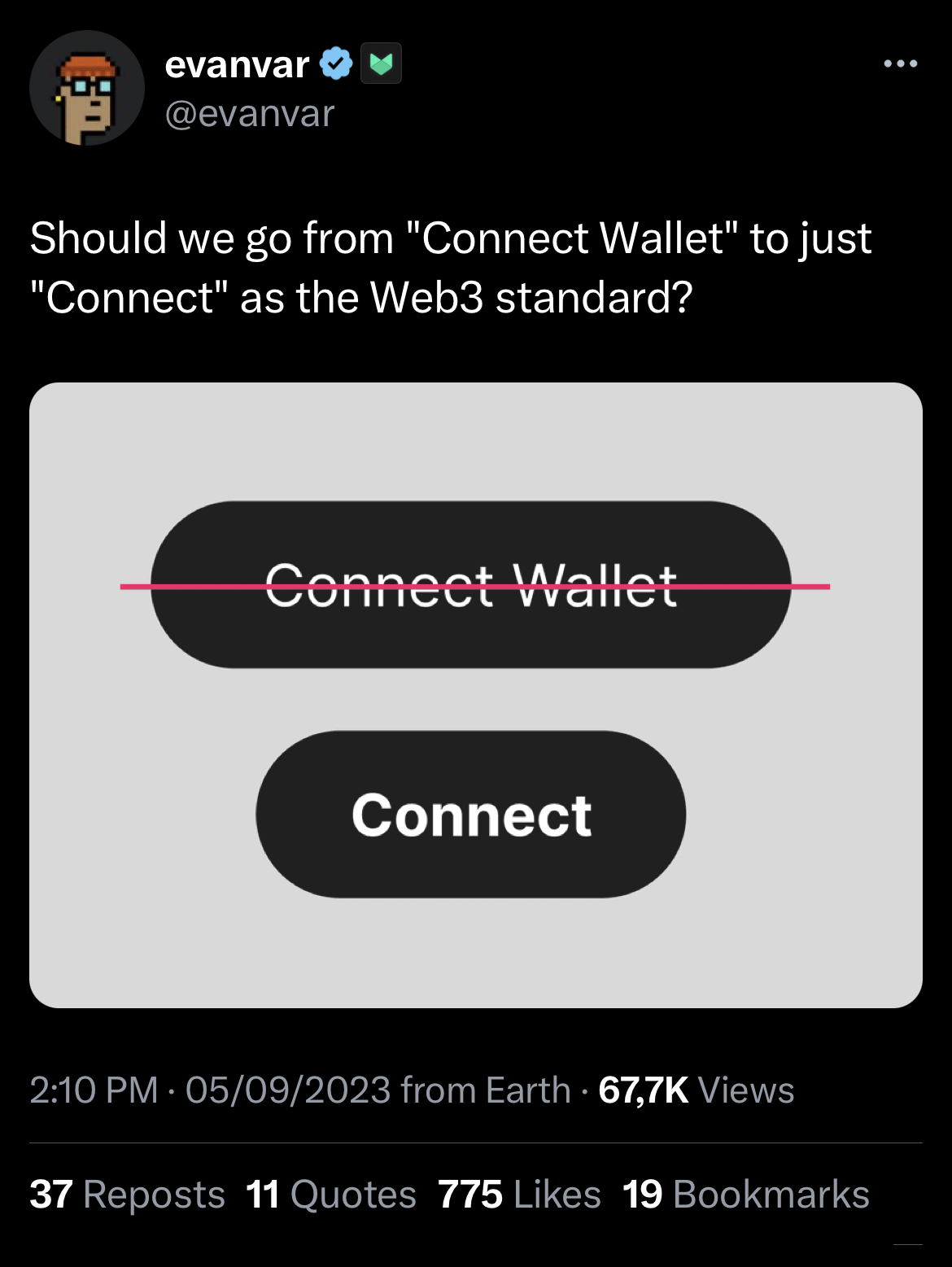I hear you, but I didn't say flat ui is due to processing power. My line of thought is that a sudden bump in available processing power might prompt designers to feel that elaborate uis are fine now because despite flat ui not being an efficiency thing, it is definitely perceived as one by the average designer who doesn't know how much of the css used to render it is generated client-side via js
yeah but I didn't say that flat ui was created for efficiency. Any efficiency of a flat ui is cancelled out by the excesses of client-side JS. I know it is fashion, I was there. But I also know that there is a sense that it is efficient by the designers that design with it.
that;s exactly the catch I was hoping wouldn't be the case. When the AI shit is abandoned, is the hardware useful for regular stuff...
So, from what you're saying: Generative AI is fucking up in the past, present, and future
is this a possible thing: all the AI assistant stuff being forced onto us in the next gen hardware is gonna need significant computing power bumps to support it, is this creating a potential surplus of computing power in all devices that could time very well with an excessive skeuomorphic UI design response to the decade of bland flatness we've endured that's gonna cook the cpus on the devices of everyone else?
Afterwards I was thinking it could also pass as an emo album name. I wonder if there is a good guessing game in "metal album title or emo album title?"
The earth is our coffin and hope is a mistake.
such a metal album name
like adding bacteria to a petri dish
I call this the law of conservation of complexity
sorry if my reply sounded rude. I didn't mean it to be. I just saw it again and it sounds dismissive.
It's definitely the prudent option but I'm over mental capacity and I'd be lying if I said I wasn't sharing this just for the upvotes. I couldn't see any mentions of the sponsor in the comments, so I guess the audience, at least, were duped. I already have a string of unanswered questions on ecosia's greenwashing social posts, though
Yeah, I get what you're saying but I'd really have to stretch my benefit-of-the-doubt muscles to consider someone who makes such well-researched videos wouldn't go to the website before he reads the url out on his video and see that on the homepage, above the fold, in big letters, it says "Powered by AI"


this is cool. Considering their first album was all songs about accepting death I assume they're not fans of anything tescreal adjacent
I love that album, and i'll never forget when I was dating someone who was a classical pianist, the type that closes their eyes and sways their head when listening to classical, and when I put that album on it was a few notes into the first song and she made this tortured face and said "no, no, no! those chord progressions are so depressing!" It was so strange to me to hear that, but you know how you just know when someone knows what they are talking about and she was sure it had hit some kind of melancholy brown note.
Still... that era of interpol and white lies was great. That shit made me happy